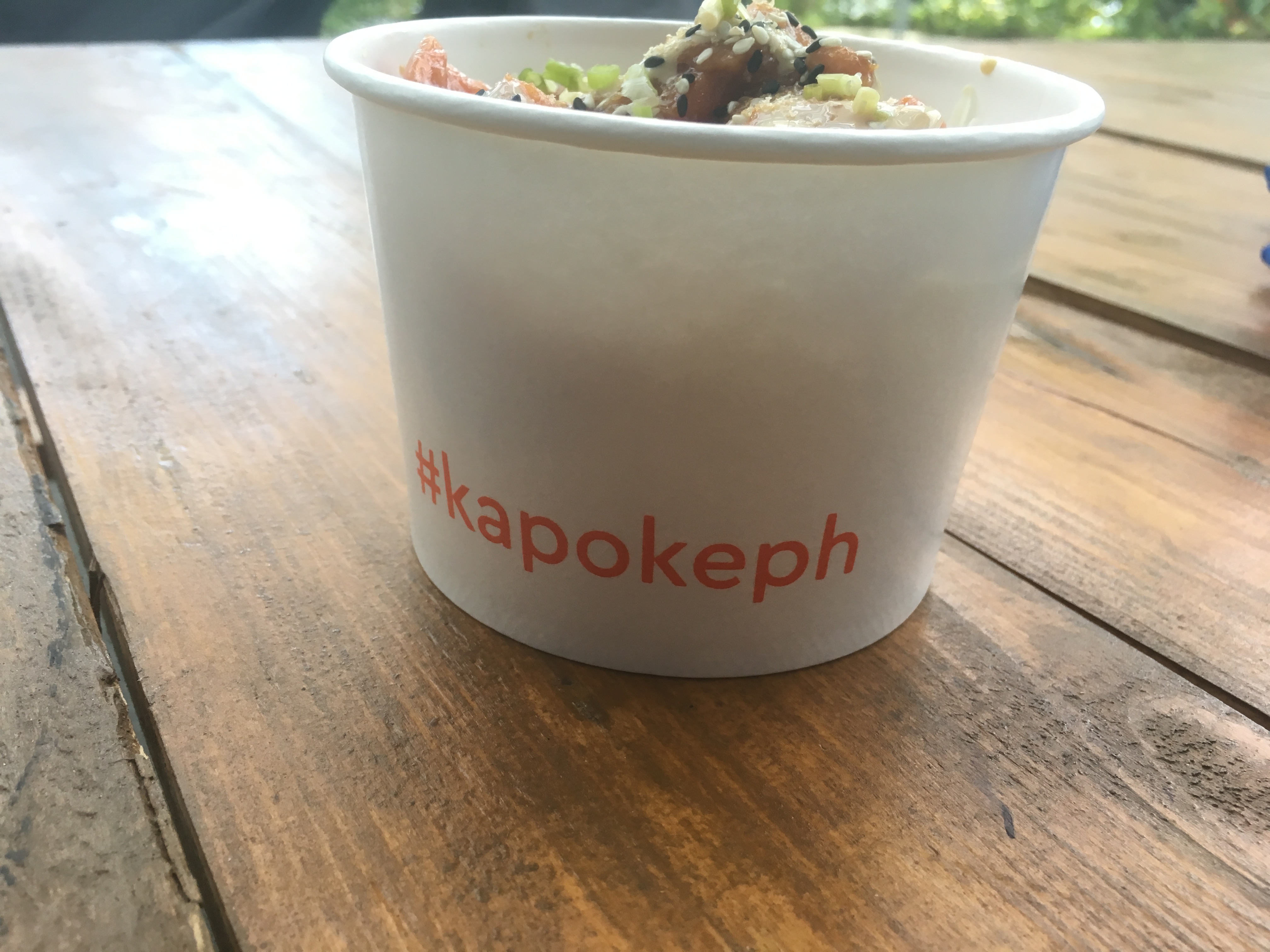
Sometimes our culinary experiments lead us to come up with intricate and rich dishes, while other times they lead us to try out simpler things. This busy morning was one of those days leading up to the latter. After a quick survey of our available ingredients (including half a bag of frozen tilapia fillets), I brought out again “Bistro Cooking” by Patricia Wells to look up a quick and easy recipe for fish fillet.
The recipe written as Le Turbot Au Vinagire Cidre can be used for just about any flatfish, not just turbot. This dish originally hailing from Normandy, France, requires the following ingredients:
- 1 pound flatfish fillets
- ¼ cup best quality apple cider vinegar
- 12 tablespoons unsalted butter, chilled and cut into pieces
- Salt and freshly cracked pepper to taste (if using salted butter, go easy on the salt).
Although turbot, flounder and other flatfish are traditionally used here, this lends itself well to delicately flavored fish such as tilapia. Cooking goes as follows:
- In a steamer, boil about 2 cups of water over high heat. Place the fish fillets in a single layer in the steaming basket, then reduce the heat to medium. Cover, then steam for about 5 minutes or until the fish is just opaque.
- In a small saucepan, bring the apple cider vinegar to boil over medium-high heat. Add the butter a few pieces at a time, whisking or stirring constantly. Take the saucepan on and off the heat if necessary, just to make sure the butter will not burn. Stir in all the butter till the sauce is smooth, then add salt and pepper to taste.
- Arrange the fish on a platter, then pour the sauce over.
12 tablespoons of butter may sound like a lot, but it is necessary to take the acidic edge off the boiling hot vinegar. I thought at first that I did not have to add this much to the sauce, but one whiff of it (after adding just three tablespoons of butter) had my eyes watering!
Since we do not have a steamer, we improvised by making an aluminum foil ring to sit in a large pot of water, and placed a small plate of fish on top of it before covering. Simple, and good!










